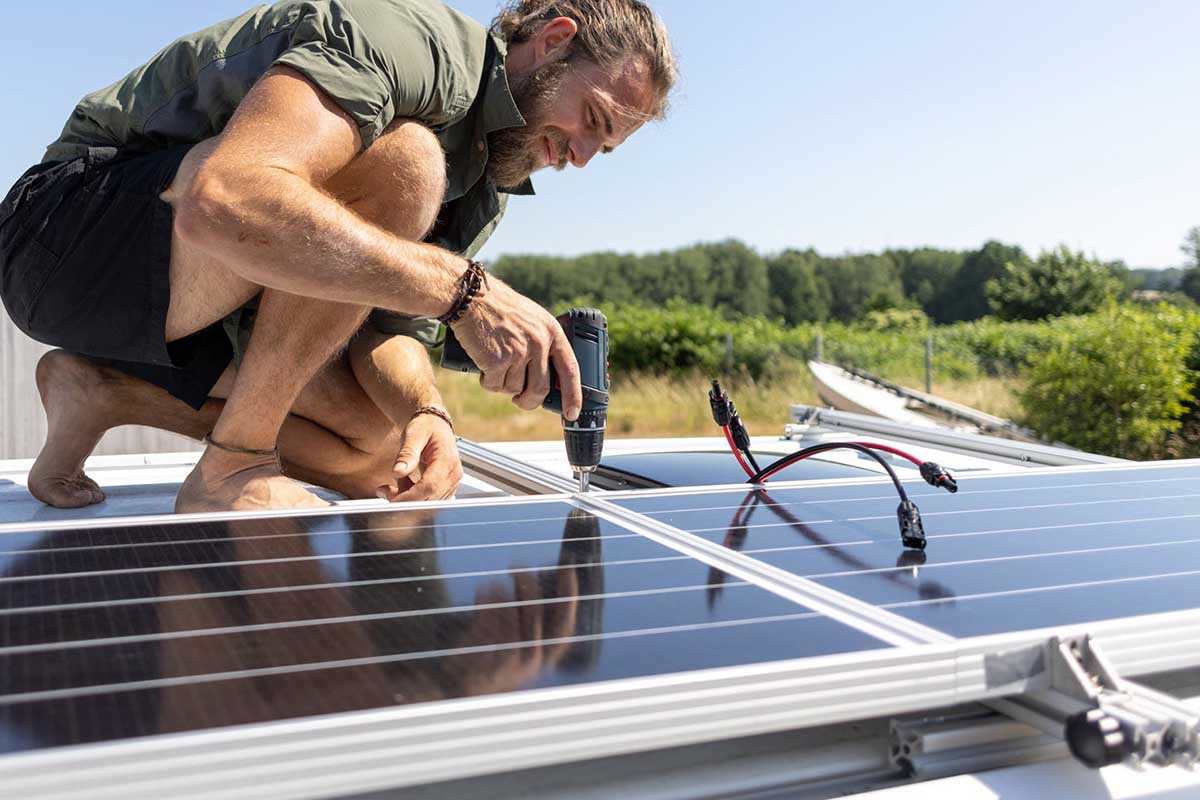Installing solar panels on your home comes with two benefits: reducing your carbon footprint and potentially slashing your electric bills. Although the initial setup cost can be substantial, various financial incentives can make the transition more affordable.
The federal solar tax credit is one of the most significant incentives, allowing you to offset 30% of your installation costs against your federal taxes. Additionally, many states offer their own tax benefits and rebates to encourage solar adoption, although the extent of these incentives varies.
According to the Solar Energy Industries Association’s 2021 Solar Market Insight Report, some states are more solar-friendly than others. However, even if your state isn’t at the top of the list, it doesn’t mean solar isn’t a viable option for you.
States like Arizona, Louisiana, and Mississippi may not offer substantial solar incentives but have excellent solar potential due to their climatic conditions.
Opting for solar in these less incentivized states might make you a trendsetter in your community, encouraging others to follow suit. By doing so, you can play a part in increasing demand for solar, which could, in turn, push for better policies and incentives in your state.
So, consider your location, evaluate the available incentives, and take the plunge into clean, renewable energy. Your wallet—and the planet—will thank you.
Should You Go Solar?
Opting for solar energy can be an excellent move for many U.S. homeowners, both for environmental conservation and long-term savings on electricity bills. However, solar isn’t a one-size-fits-all solution.
Here are some critical factors to consider before taking the plunge:
Roof Direction and Obstructions
If you’re in the Northern Hemisphere, your home ideally should have an unshaded south, southwest, or west-facing roof to maximize solar energy capture.
If your roof faces an unsuitable direction or is shaded by trees or neighboring structures during peak sunlight, solar companies may decline to install panels.
Current Energy Costs
If your electricity bills are already low, the financial benefits of solar may be less compelling. However, if you find your energy costs creeping up, solar can be a wise investment for long-term savings.
Financing Options
The upfront cost of solar installation can be significant. Many people resort to solar loans for financing.
If you can’t secure a loan with a low-interest rate, the monthly repayments could eat into your overall return on investment, making the transition to solar less advantageous.
Longevity of Stay
Solar panels are generally not portable. Although a solar installation can increase your home’s resale value by approximately 4%, it’s crucial to consider how long you plan to stay in your current home.
A typical solar panel array lasts around 25 years, so if you’re not planning to stay for at least 12-15 years, delaying your investment might be a better idea.
By carefully weighing these factors, you can make an informed decision on whether solar energy is the right choice for your home and circumstances.

